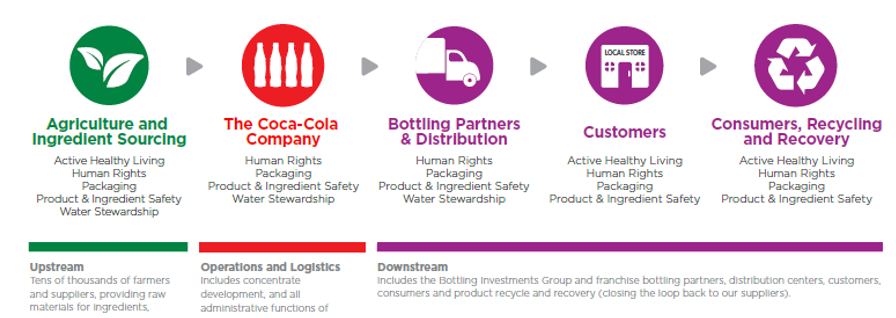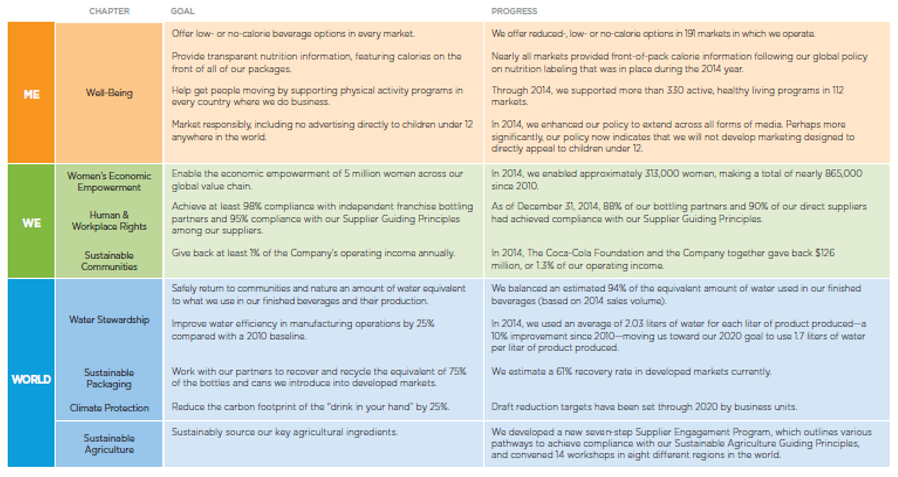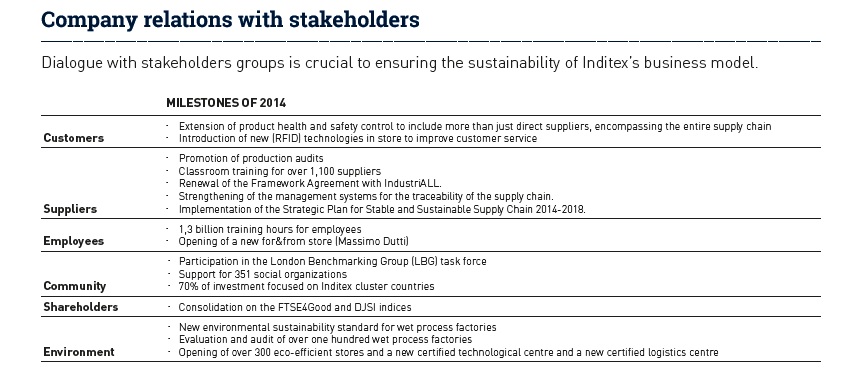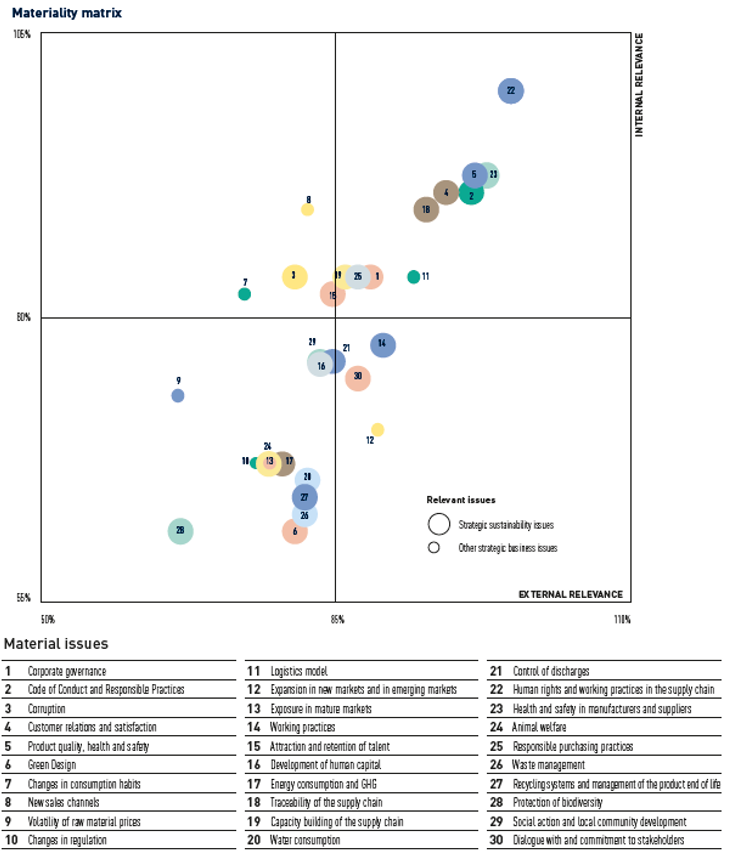Introduction
Sustainability reporting and corporate social responsibility (CSR) are in high interdependence, as the CSR describes the company’s values, and the sustainability reporting portrays the organizational compliance with its vision. These matters can be considered as a necessity since it assist in monitoring the company’s influence on the fluctuations in the environment. In turn, it contributes to the understanding that the enterprises have to understand the vitality of the social responsibility and possibility of their influence on their brand images (McWilliams, Siegel & Wright 2006).
Sustainability reporting implies measuring the capabilities of the organization while considering internal and external stakeholders towards sustainable development (Wieriks 2013). Additionally, it contributes to the understanding of the current non-financial performance of the organization with the focus on the environmental changes (McElroy & Engelen 2012). In turn, sustainability management implies the sufficient distribution of the resources to minimize the impact on the environment and surroundings by optimizing production (Cohen 2014).
Comparison of Sustainability Management in Coca-Cola and Inditex
The primary goal is to provide analysis of sustainability management and reporting in Coca-Cola and Inditex while focusing on the ability to solve material issues, relationship with stakeholders, and compliance with the United Nations Compact for Business.
Coca-Cola’s engagement with stakeholders can be described efficiently with the assistance of Figure 1. In this instance, the company tends to mention that it cherishes relationships will all the participants of the chain and highlights the vitality of the rights and ecologically friendly practices. In turn, Table 3 depicts the company’s values while providing the plan of Coca-Cola’s social commitments to the world, environment, and individual users (Coca-Cola: 2014/2015 sustainability report 2015). It remains evident that the company pays high attention to the maintenance of trusting relationships with the participants of the sales process.


In turn, Inditex also focuses on providing sustainability at different levels, for instance, it tends to provide extended training for the employees, cultivate the essentiality of the audit, and improvement of the eco-efficiency (Inditex annual report 2014). Further information about the company’s milestones in 2014 can be found in Table 4. In this instance, it remains apparent that the primary similarity is the necessity to offer a sustainable environment for the participants in the value chain to assure compliance with the enterprises’ visions.

In turn, both of the companies pay substantial attention to dealing with the crucial issues. Figure 2 presents the chart of the hierarchy of the most critical concerns and problems for Inditex. In this instance, the ability to assure the assurance of human rights can be considered as the primary concern (Number 22 in Figure 2) (Inditex annual report 2014). In turn, other aspects include health and safety (Inditex annual report 2014). Nonetheless, finding a solution to the issues consists of identification, prioritization, validation, and analysis (Inditex annual report 2014). As for the values in Coca-Cola, the corporation also highlights the essentiality of human rights while focusing on environmental issues simultaneously (Coca-Cola: 2014/2015 Sustainability Report 2015).

Furthermore, compliance with the United Nations Compact for Business has to be determined while evaluating sustainability management of both companies. The primary goal of the program is to encourage businesses to improve the quality of life while aiming at a sustainable future (United Nations Global Compact: Business as a Force for Good 2016). It focuses on the protection of human rights, favourable conditions for labour, enhancement of the environment, and anti-corruption practices (United Nations Global Compact: The Power of Principles 2016).
Additionally, it is aimed at creating additional values on the global levels by emphasizing the importance of environmental friendliness and social responsibility (Fussler, Cramer & Vegt 2004). Both companies tend to correspond with the primary principles and highlights of the program. Coca-Cola and Inditex pay vehement attention to human rights at different levels while respecting customers and providing favourable working conditions. Additionally, corruption is also considered as a crucial issue in both organization, but it is not the priority concern. In this instance, the United Nations Global Compact has a beneficial influence on the functioning of both companies, as it has a tendency to improve their social images and contributes to the establishment of the favourable environment for the business development.
In the end, the primary similarities are the focus on the vitality of the human rights and safety of the products while offering them to the customers. Coca-Cola and Inditex tend to pay vehement attention to the presence of social values at different levels while engaging with dissimilar stakeholders such as suppliers, retailers, customers, and the world. In turn, both of the companies comply with the principles of the United Nations Business Compact. Nonetheless, the critical difference is the fact that Coca-Cola pays high attention to water stewardship, packaging, and eco-friendliness. In turn, Inditex does not prioritize these matters.
Reasons for the Differences in the Sustainability Management
It could be said that the differences are present due to the dissimilarities in manufacturing processes. For instance, water stewardship implies highly evaluating the water supplies while avoiding pollution and managing the water supplies efficiently due to the scarcity of clean water as a resource (UNESCO 2012). This aspect explains the significance of water stewardship in Coca-Cola’s corporate culture, as it utilizes this resource as a core ingredient of production.
In turn, Coca-Cola is expanding its operations in Africa while building new plants (Stanford 2010). The geographical location of the plants defines the necessity of applying water stewardship to avoid the shortage of resource in this area. In turn, this concern is not applicable for Inditex due to the different geographical location. As for the eco-friendliness and packaging, these matters are of high essence for Coca-Cola, as the manufacturing processes can damage the environment dramatically. In turn, Inditex highlights the vitality of the absence of the utilization of child labour to avoid the scandals.
Reference List
Coca-Cola: 2014/2015 sustainability report 2015. Web.
Cohen, S 2014, Sustainability management: lessons from and for New York City, America, and the planet, Columbia University Press, New York. Web.
Fussler, C, Cramer, A & Vegt, S 2004, Raising the bar: creating value with the United Nations global compact, Greenleaf Publishing, Sheffield. Web.
Inditex annual report 2014. Web.
McElroy, M & Engelen, J, Corporate sustainability management: the art and science of managing non-financial performance, Earthscan, New York. Web.
McWilliams, A. Siegel, D & Wright, P., ‘Corporate social responsibility: strategic implications’, Journal of Management Studies, vol. 43, no. 1, pp. 1-18. Web.
UNESCO 2012, Managing water under uncertainty and risk: the United Nations World Water Development Report, the United Nations Educational, Scientific and Cultural Organization, Paris. Web.
Stanford, D 2010, ‘Africa Coke’s last frontier’, Bloomberg. Web.
United Nations global compact: business as a force for good 2016. Web.
United Nations Global Compact: The Power of Principles 2016. Web.
Wieriks, R. 2013, The landscape of sustainability assurance, Eburon Academic Publishers, Delft. Web.